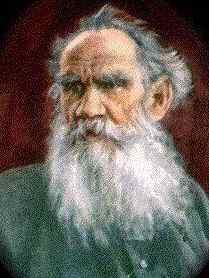
Harvard's John Stilgoe
Pay Attention!
[From article]
Stilgoe wants his students to notice—to be able to process and interpret visual information by opening themselves up to the subject. What it comes down to is looking.
“It can be taught, but it’s hard for people to accept the fact that there’s a visual way of knowing,” Stilgoe says.
[. . .]
Stilgoe admits that such fascinations place him squarely outside the mainstream of most humanities scholarship at Harvard. He wasn’t asked to help out with the humanities framework course “The Art of Looking,” which he believes is because he doesn’t want to focus on objects in Harvard’s collections.
[. . .]
“By 1985, it was very clear to me that fewer and fewer students were coming into college having had any kind of formal education in just going for a walk,” Stilgoe says. “And then, of course, came all of the digital devices. I’m stunned by how much time you all spend looking at screens. It’s time you’re not looking at something else.”
Stilgoe attributes this decline in visual acuity in part to increased emphasis on standardized testing; he wonders why there’s no visual component on the SAT.
[. . .]
“In an emergency situation, it’s nice to know which doors you go through without having to pull them against you, or which doors can be barricaded against a threat,” Stilgoe explains. “I do this all the time. It can be taught.”
[. . .]
Talking to him, you get the idea that he believes a walk down Quincy Street might more valuable than a visit to the Fogg Museum—provided you keep your eyes open.
[. . .]
Harvard’s rich enough to have a professor like me,” he says. “Most schools are not.
[. . .]
Moss notes that when VES alumni visit, they almost always ask for Stilgoe, citing his class as one of the best and most memorable they ever took at Harvard. But beyond the classroom, Stilgoe takes a noted interest in the lives of his students, past and present.
[. . .]
As most scholarship in the humanities becomes more and more specialized, Stilgoe stands out as one of the few historians still working on such a broad scale; his classes span the period from 1580 to 2036, after all.
[. . .]
At a time when the humanities are attempting to defend their relevance, Stilgoe never doubts that simply looking can reveal important truths.
[. . .]
“There’s nobody else really like me,” Stilgoe admits. “I thought there would be, but [Environmental Studies] has no graduate department. There’s no way you can get a Ph.D. with me.”
In Stilgoe’s view, VES has completed its transformation into a studio arts and film department. Though he’s optimistic about the department’s future and praises the current faculty, he’s acutely aware of how unique his position is, as are his colleagues.
[. . .]
This is typical of Stilgoe, who insists that his scholarship begins not with preconceived theories that are then tested through research, but with the simple act of looking.
“I don’t go to Louisiana to study Louisiana houses, or church buildings, or bridges,” he says. “I just go to look at Louisiana.”
http://www.thecrimson.com/article/2015/4/2/scrutiny-john-stilgoe/
John Stilgoe’s Secret History
Professor John R. Stilgoe wants his students to notice—to be able to process and interpret visual information by opening themselves up to the subject. What it comes down to is looking.
BY PETEY E. MENZ,
APRIL 2, 2015






No comments:
Post a Comment